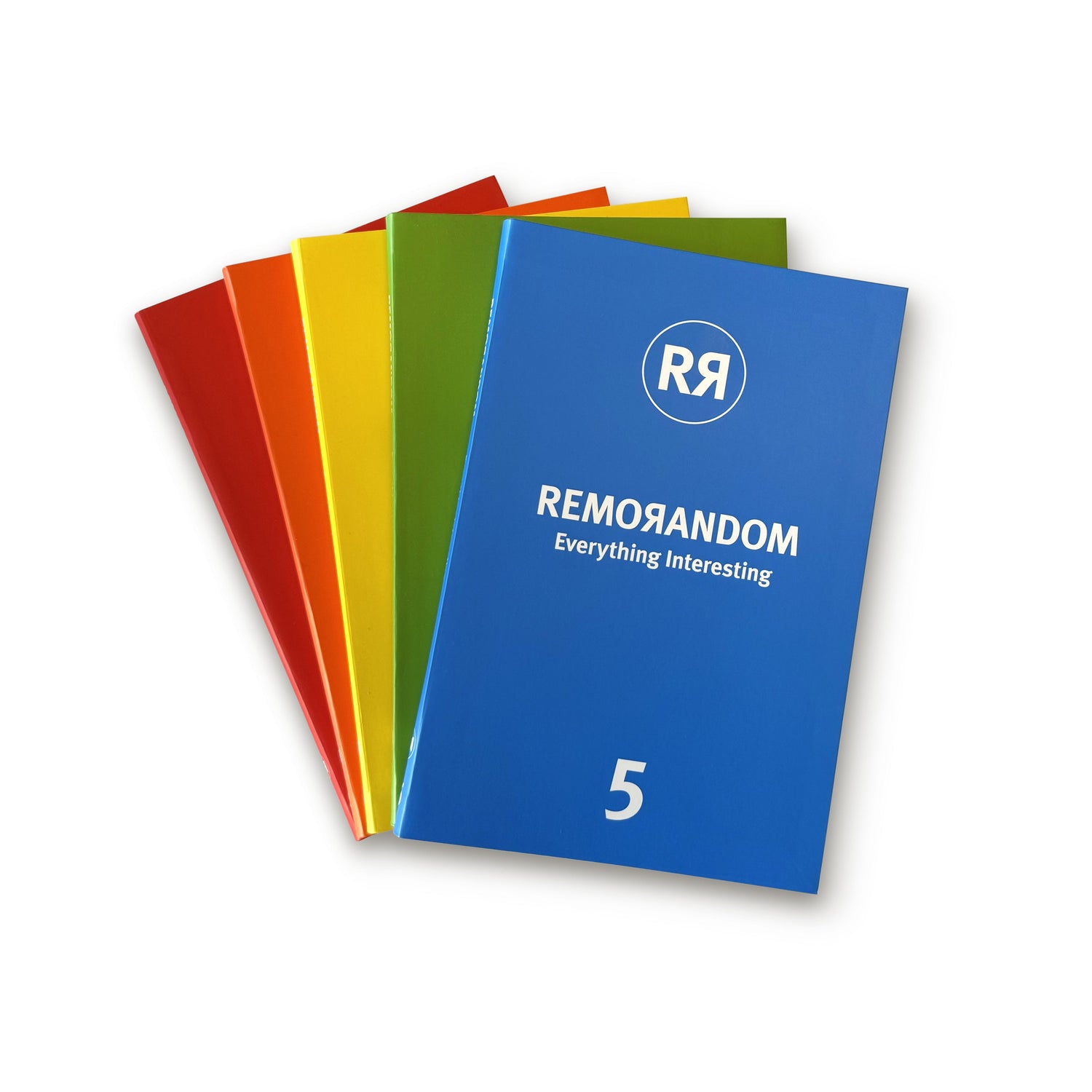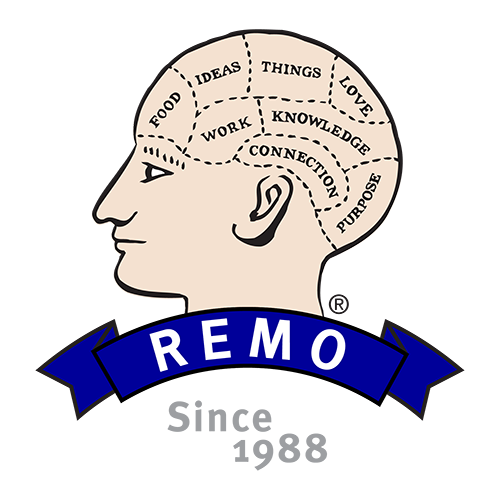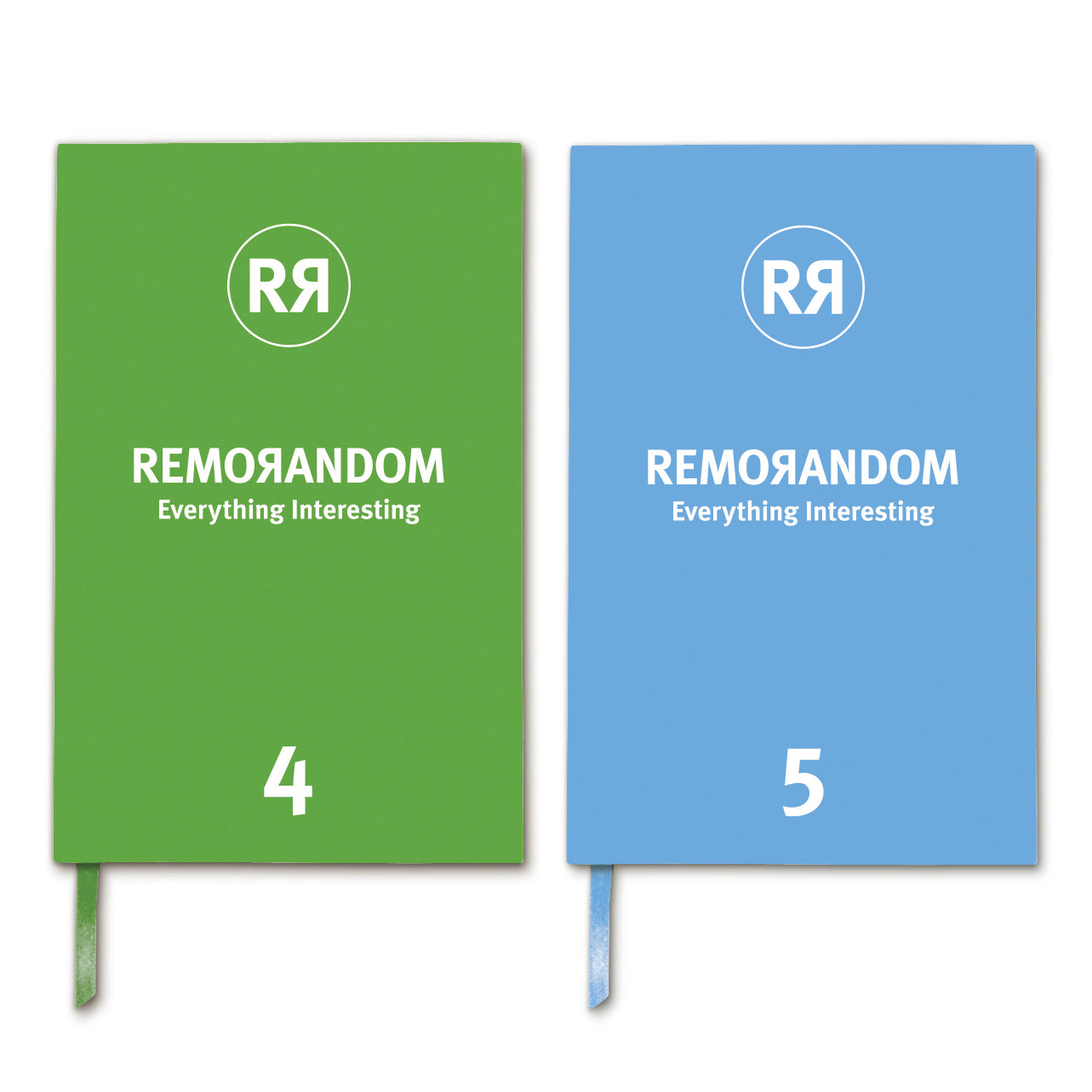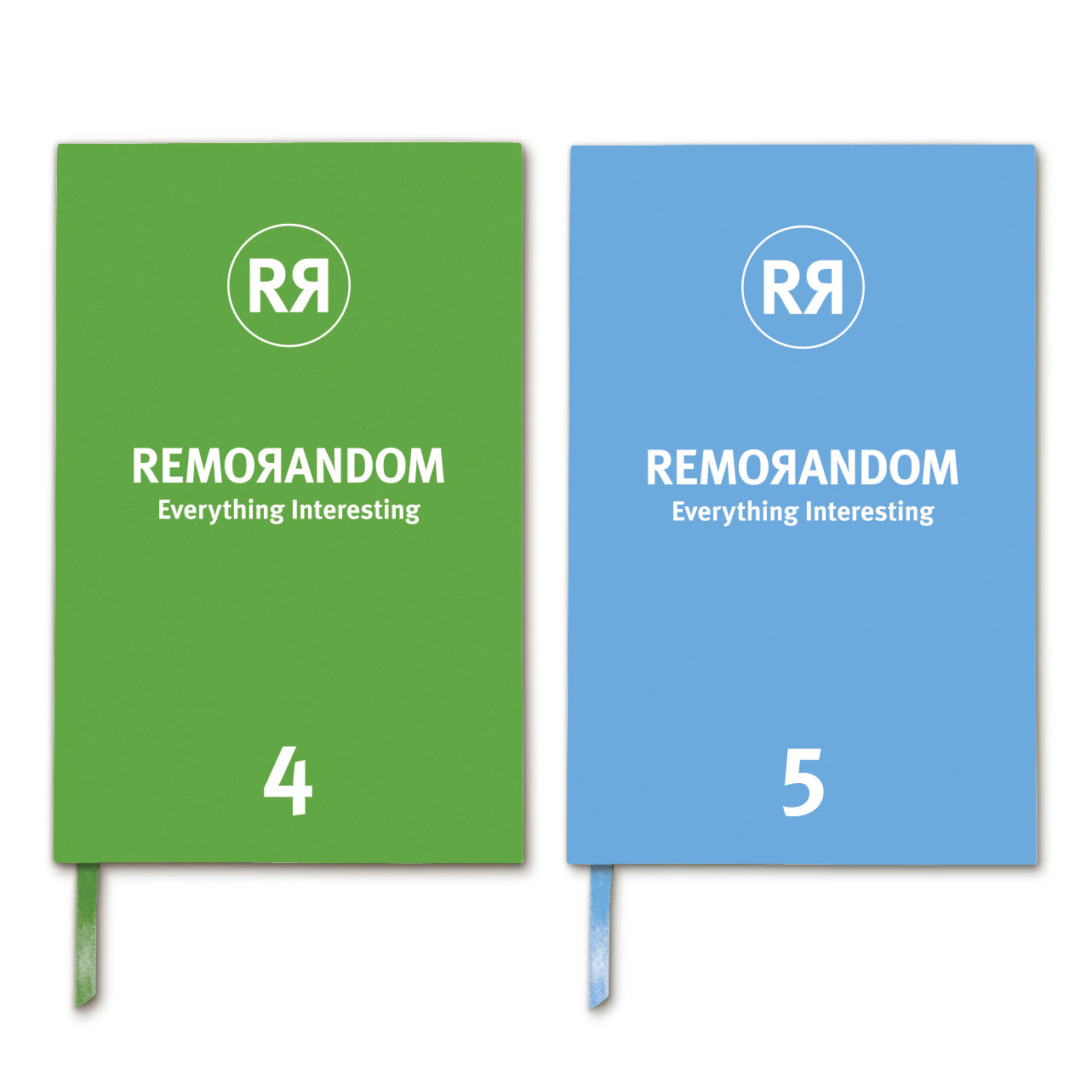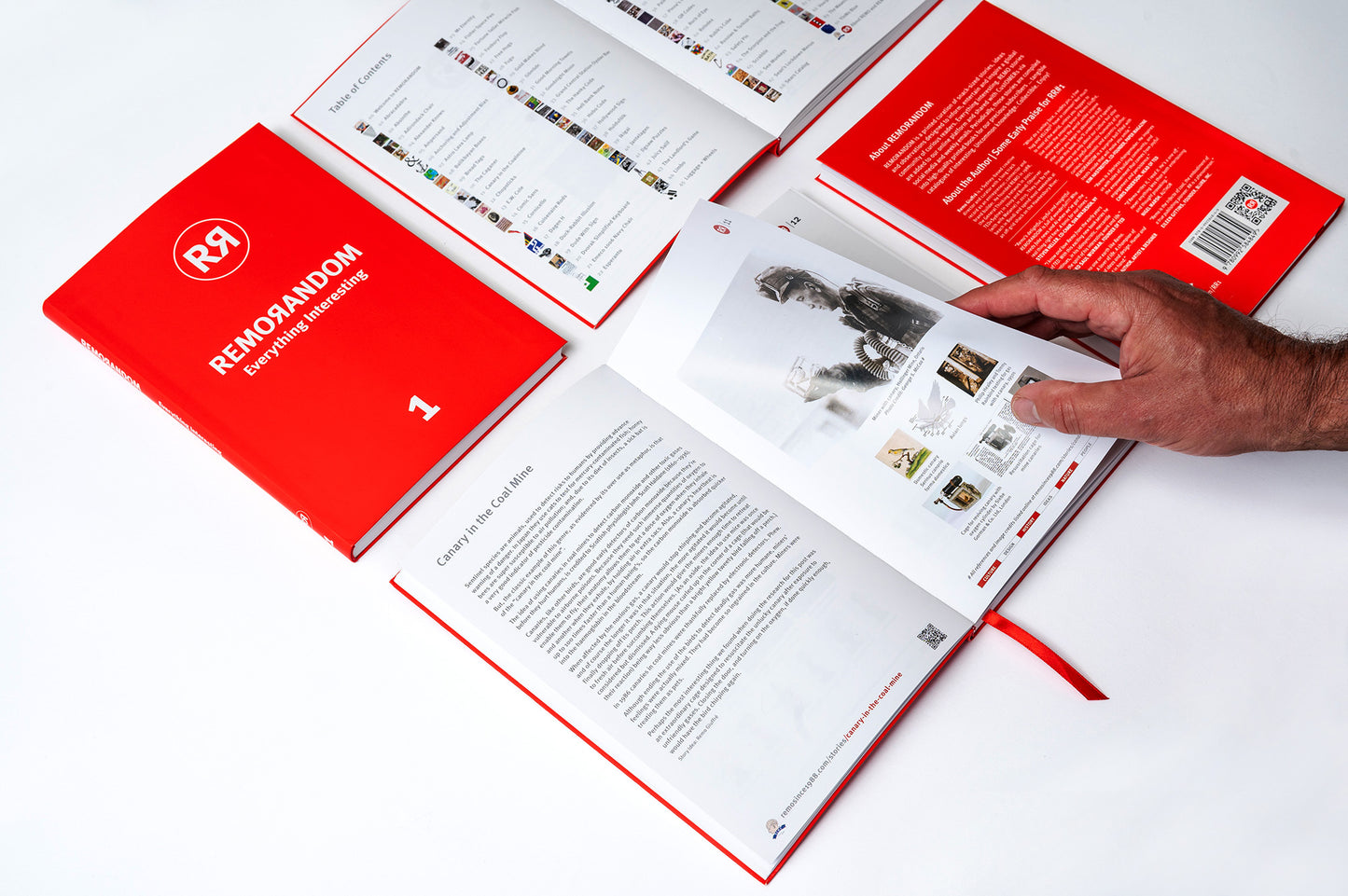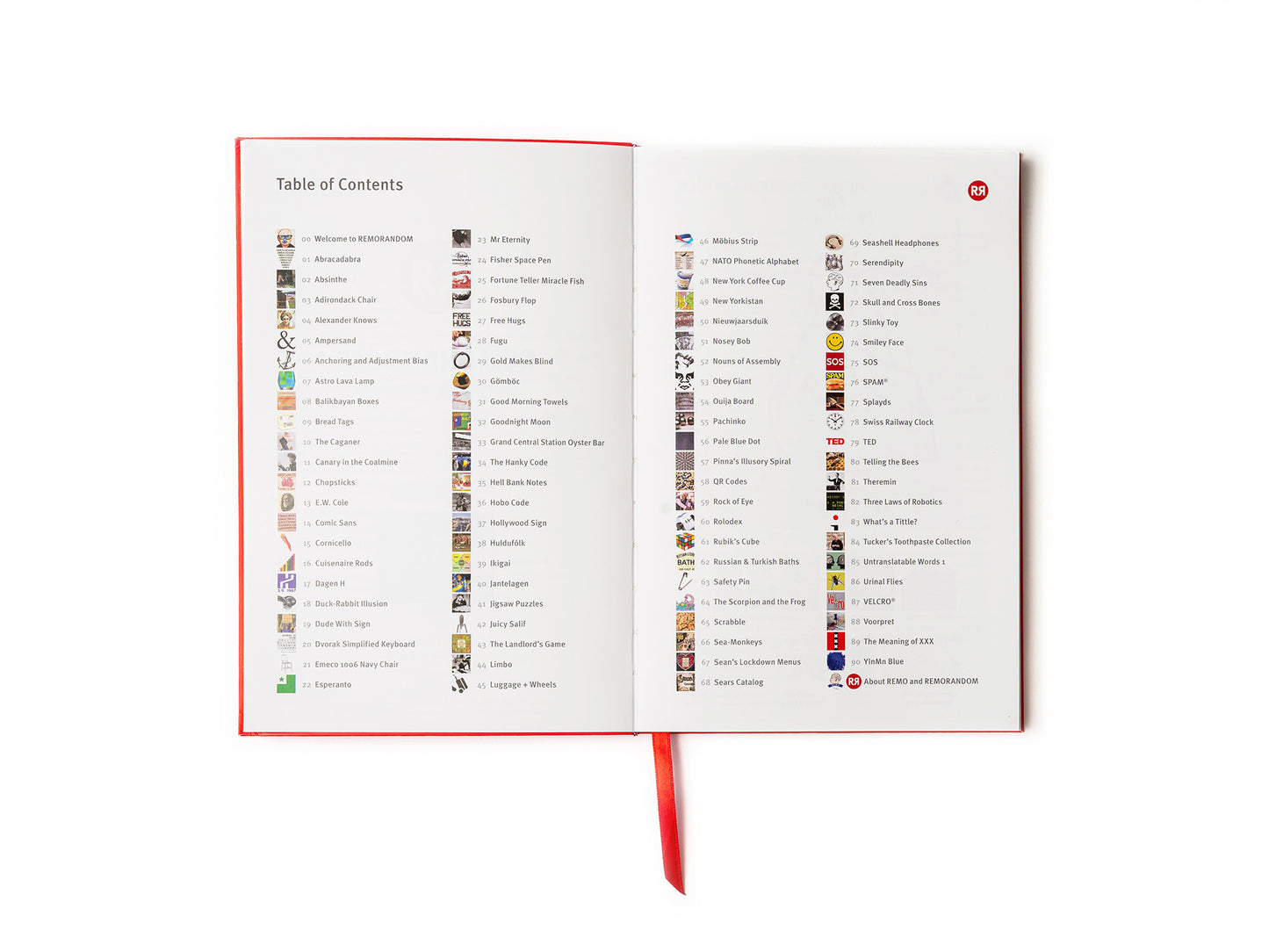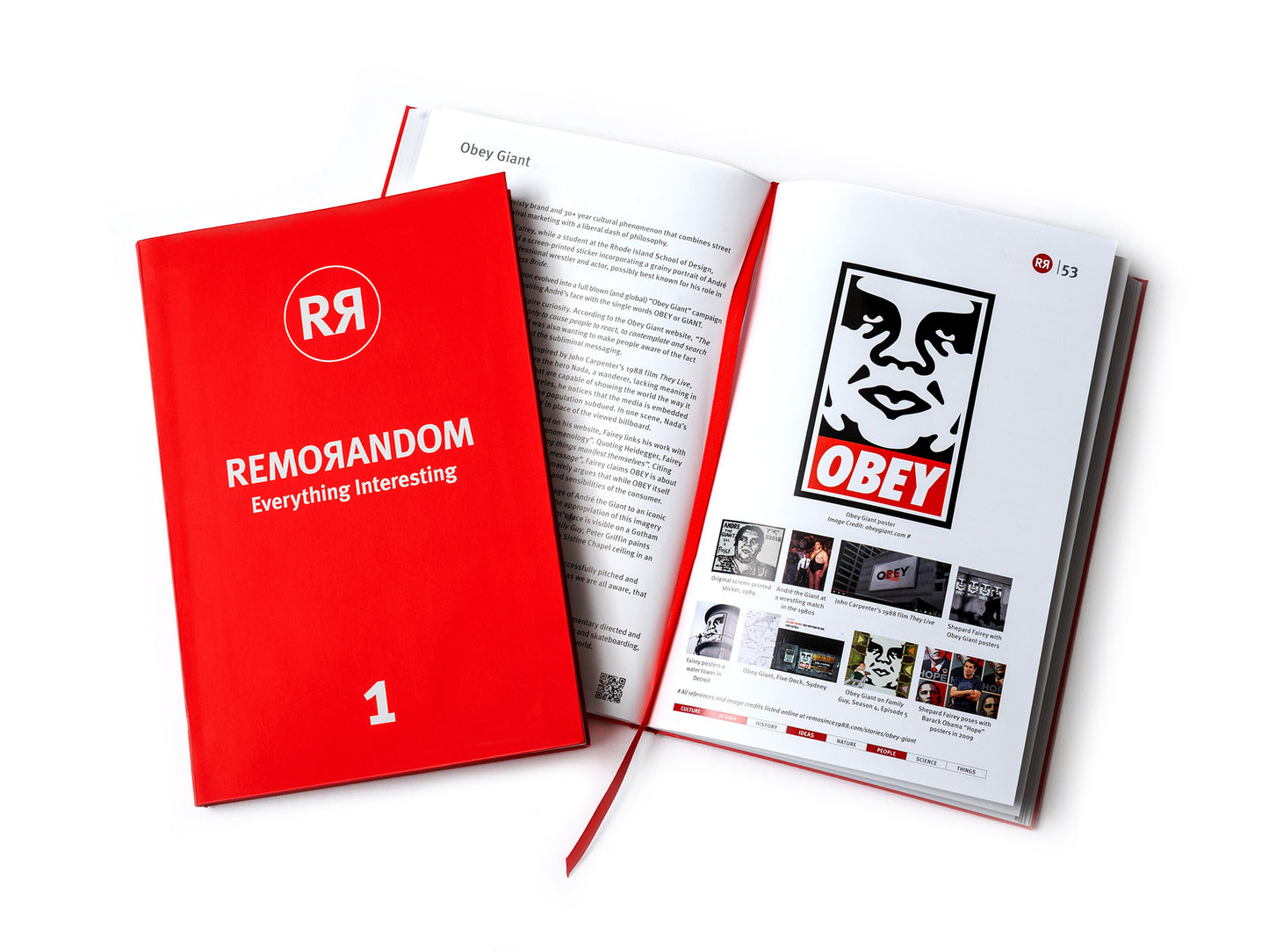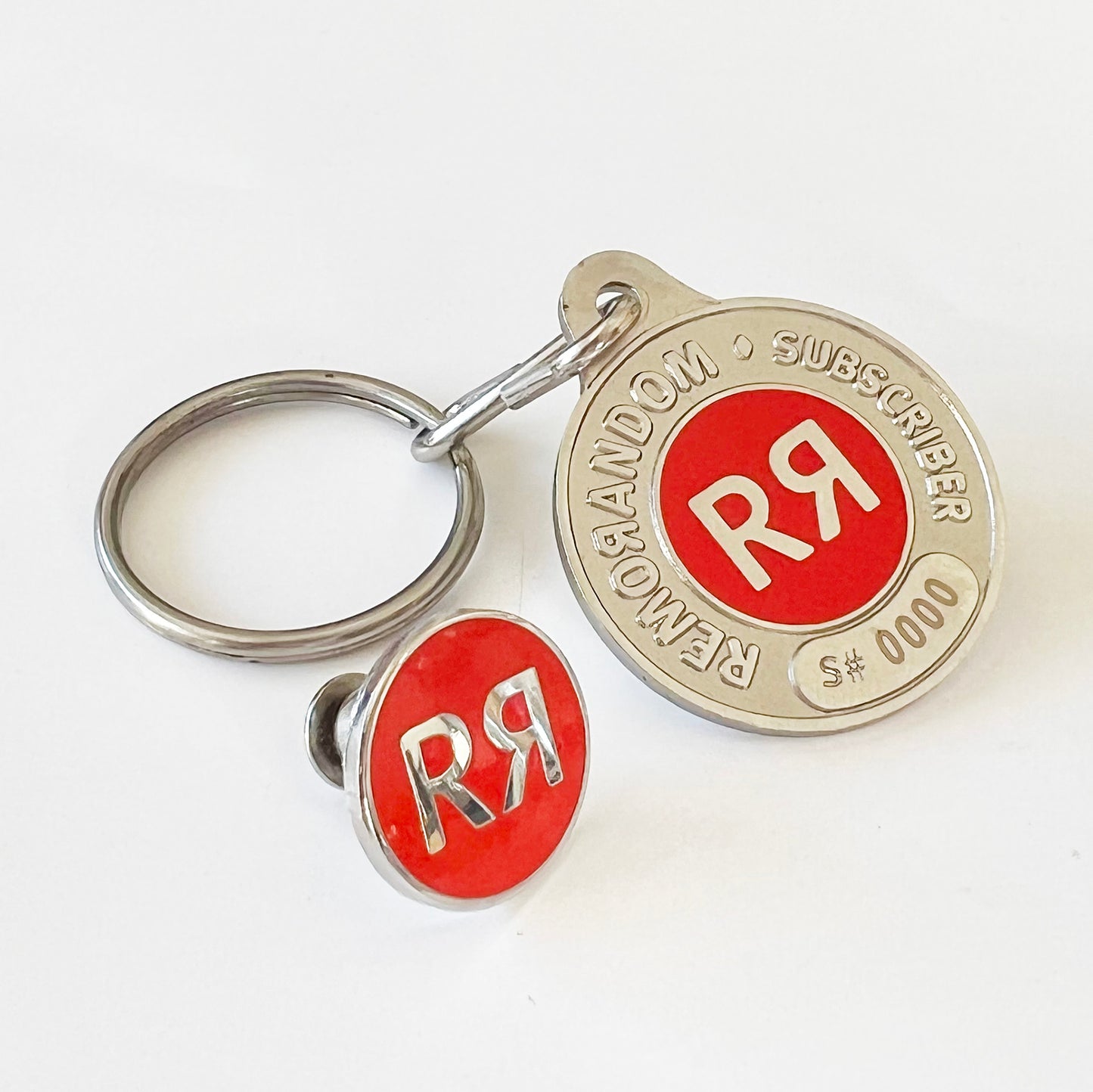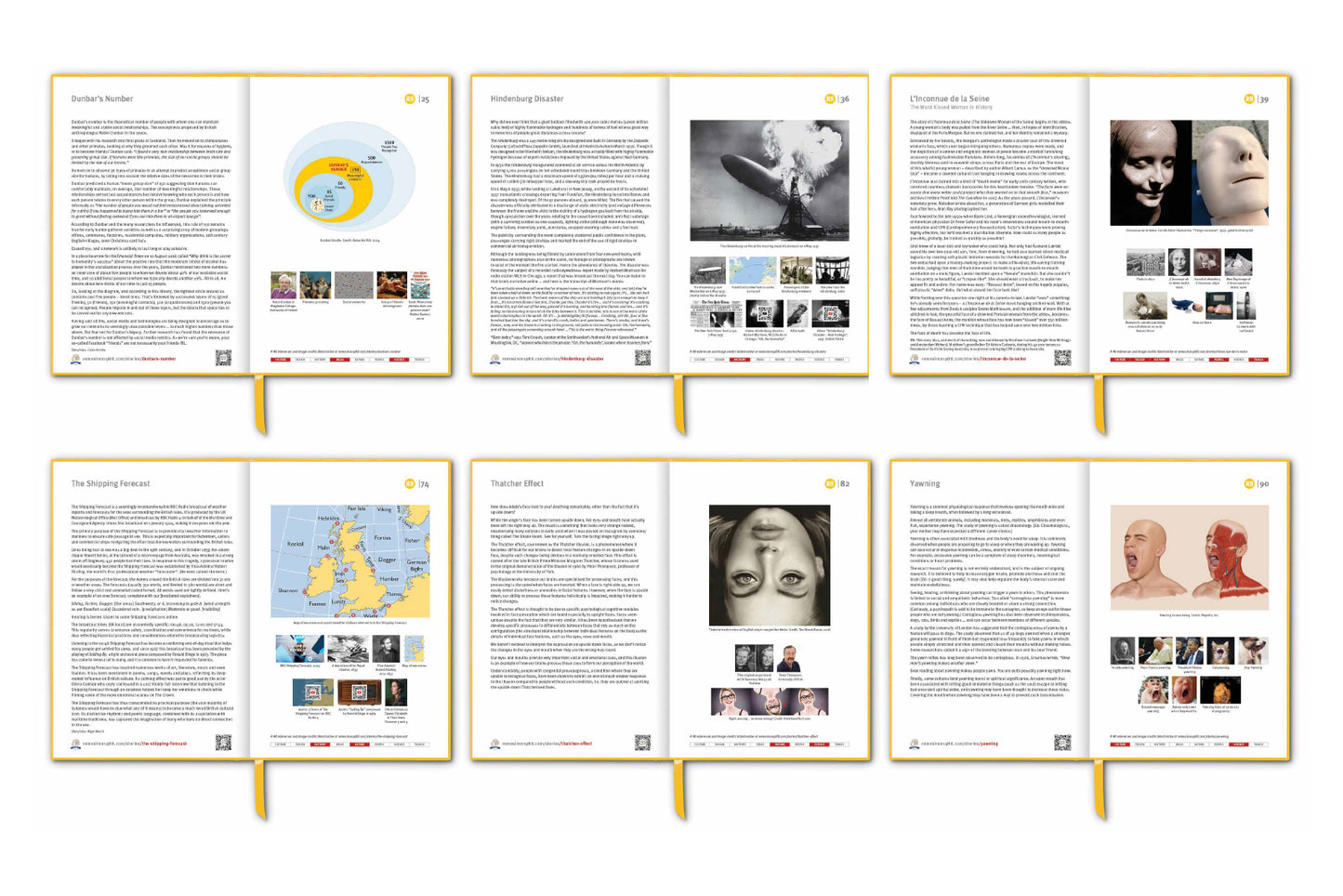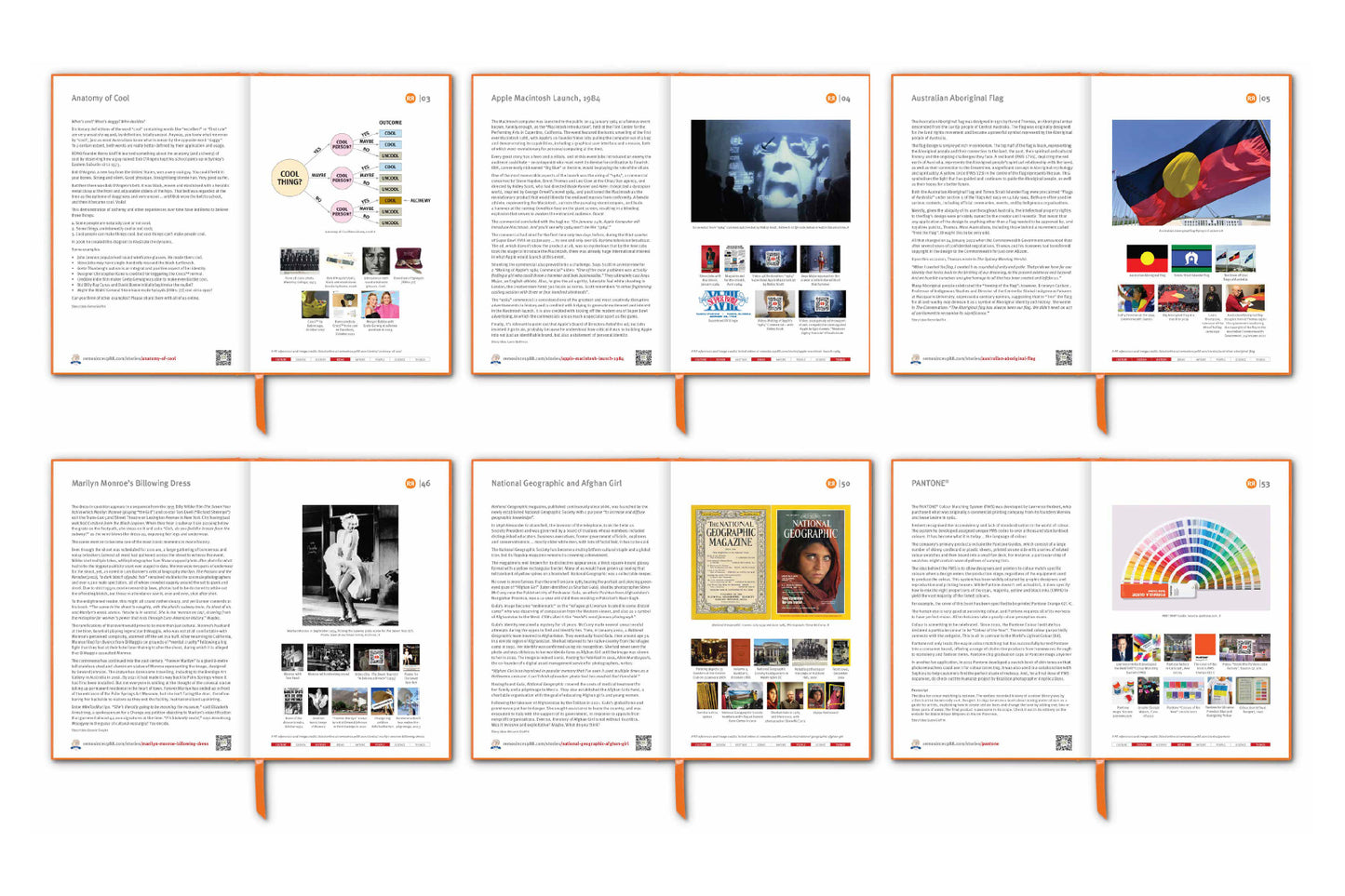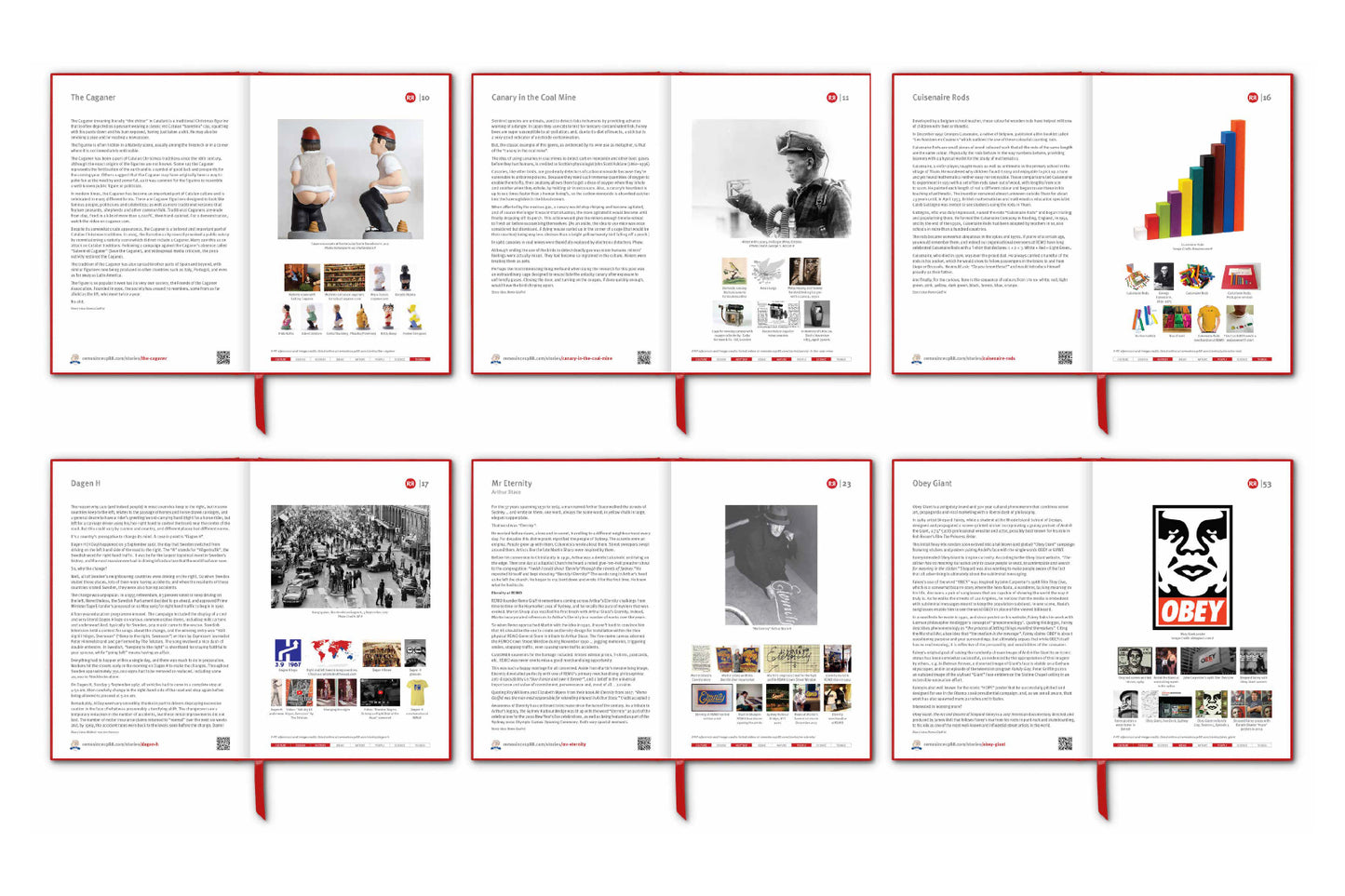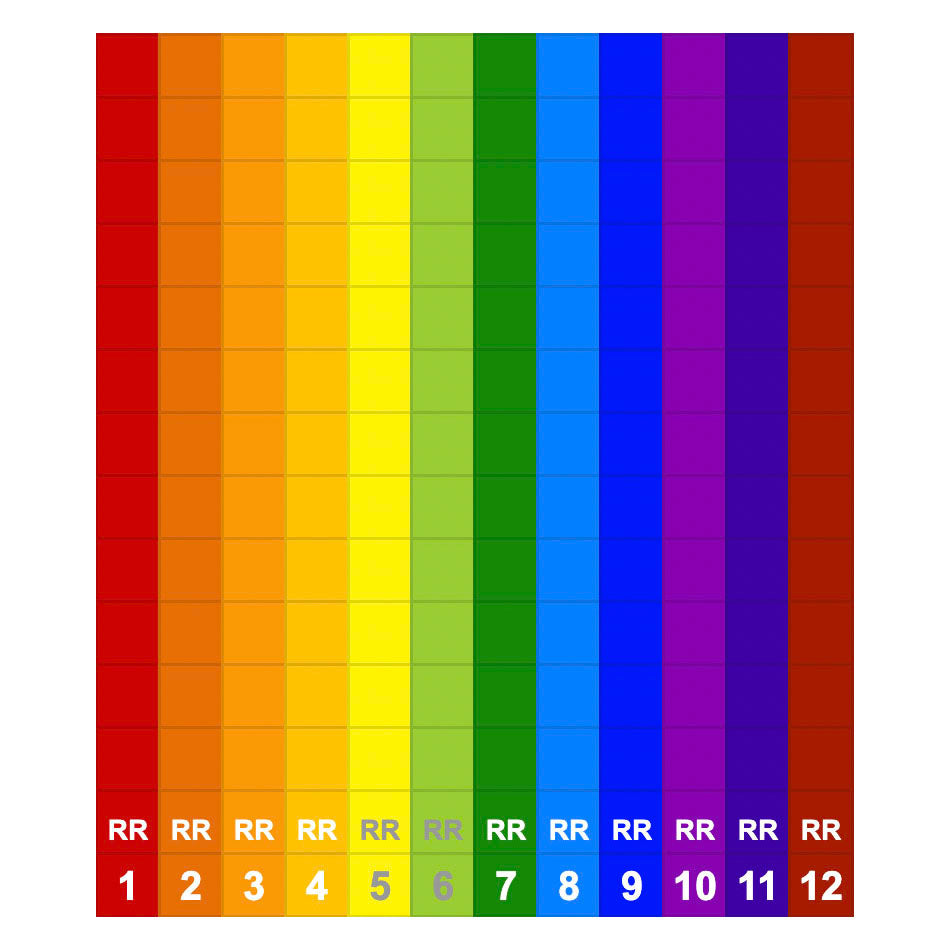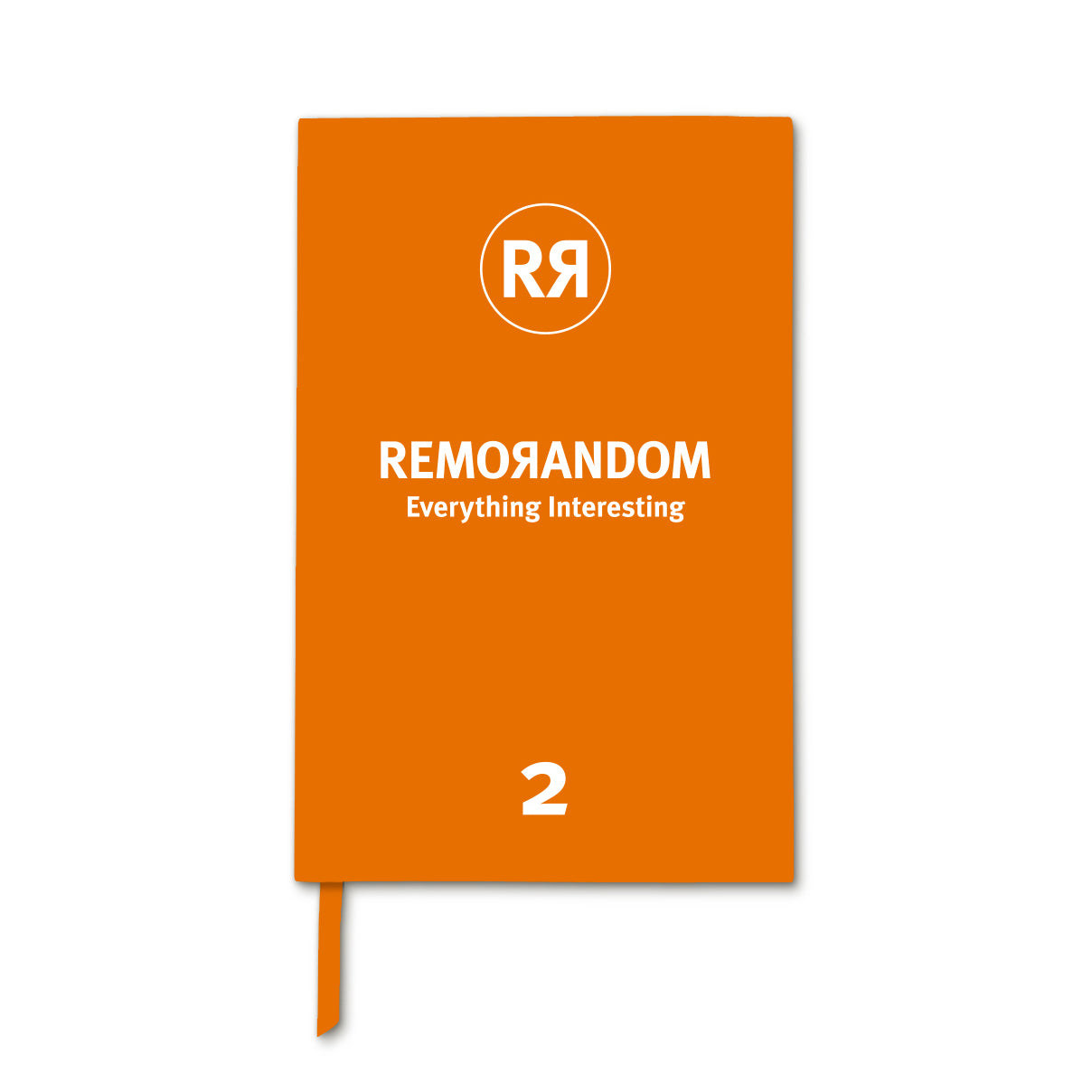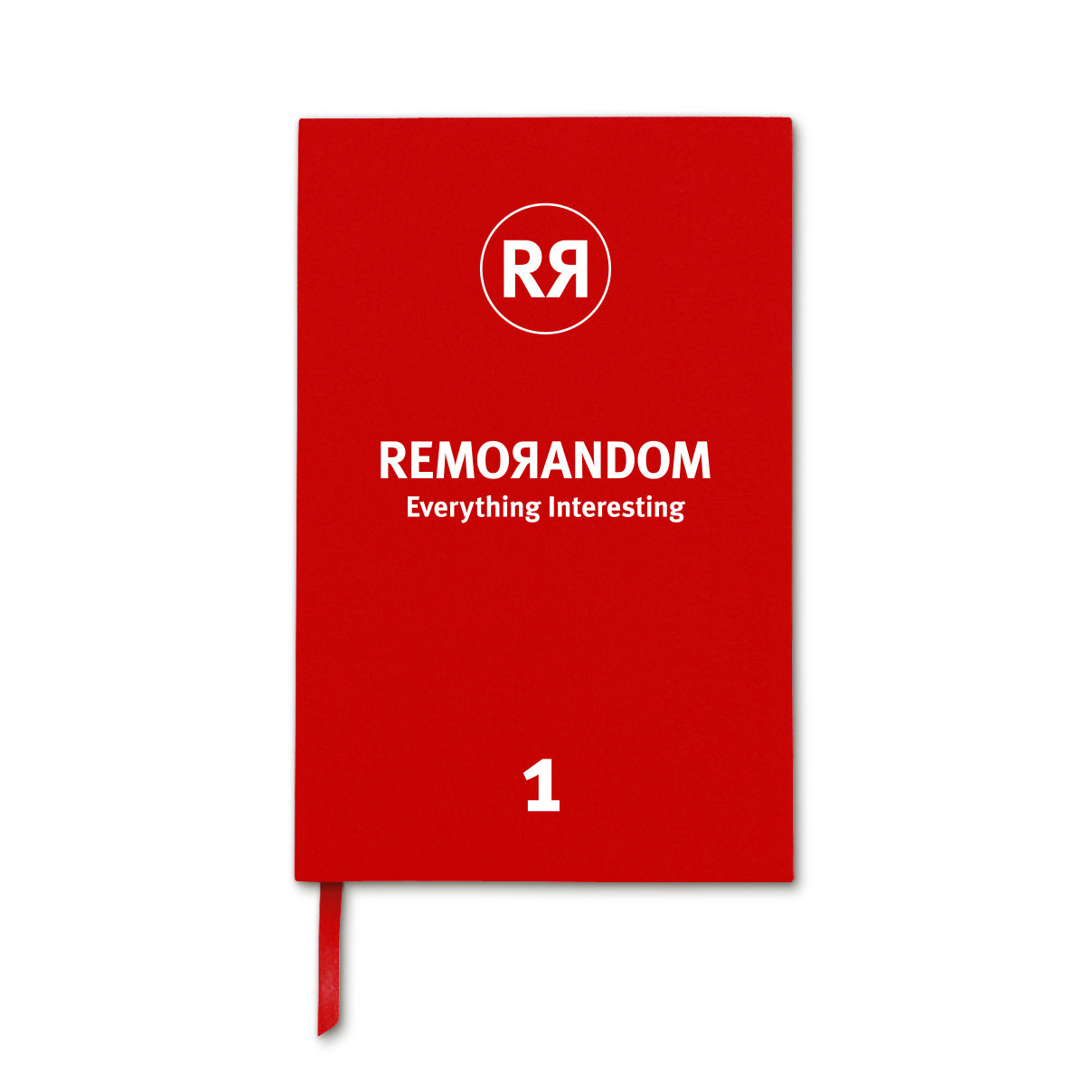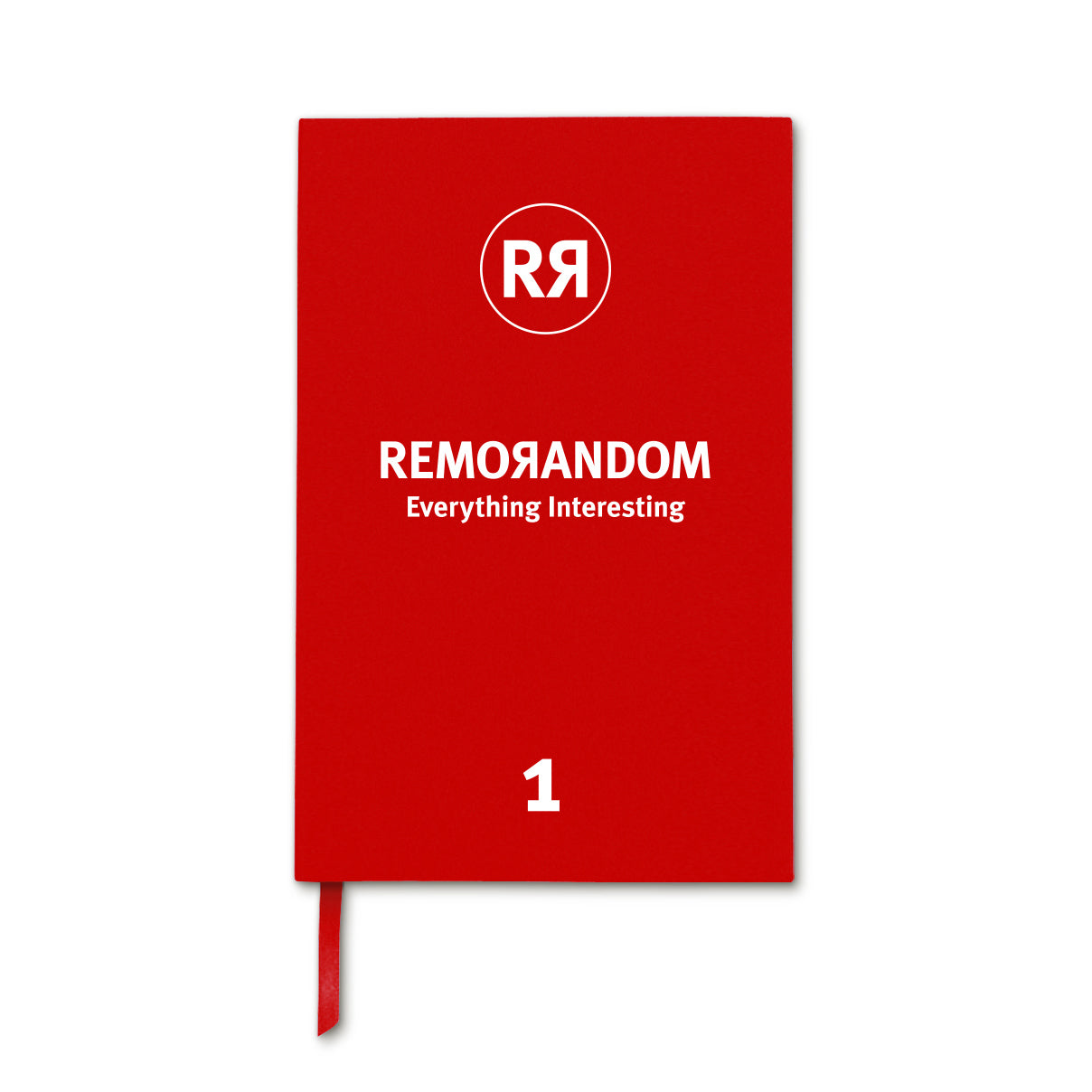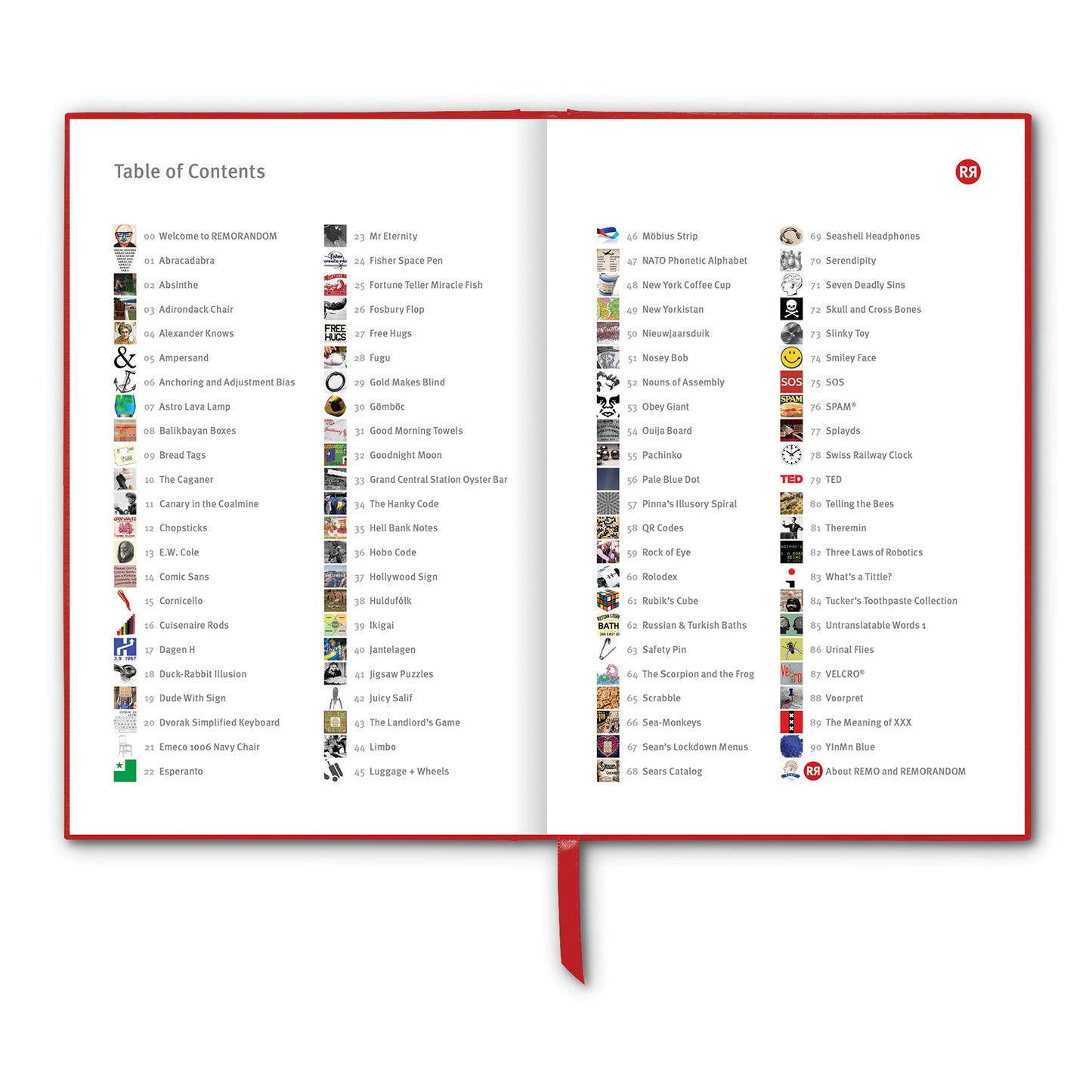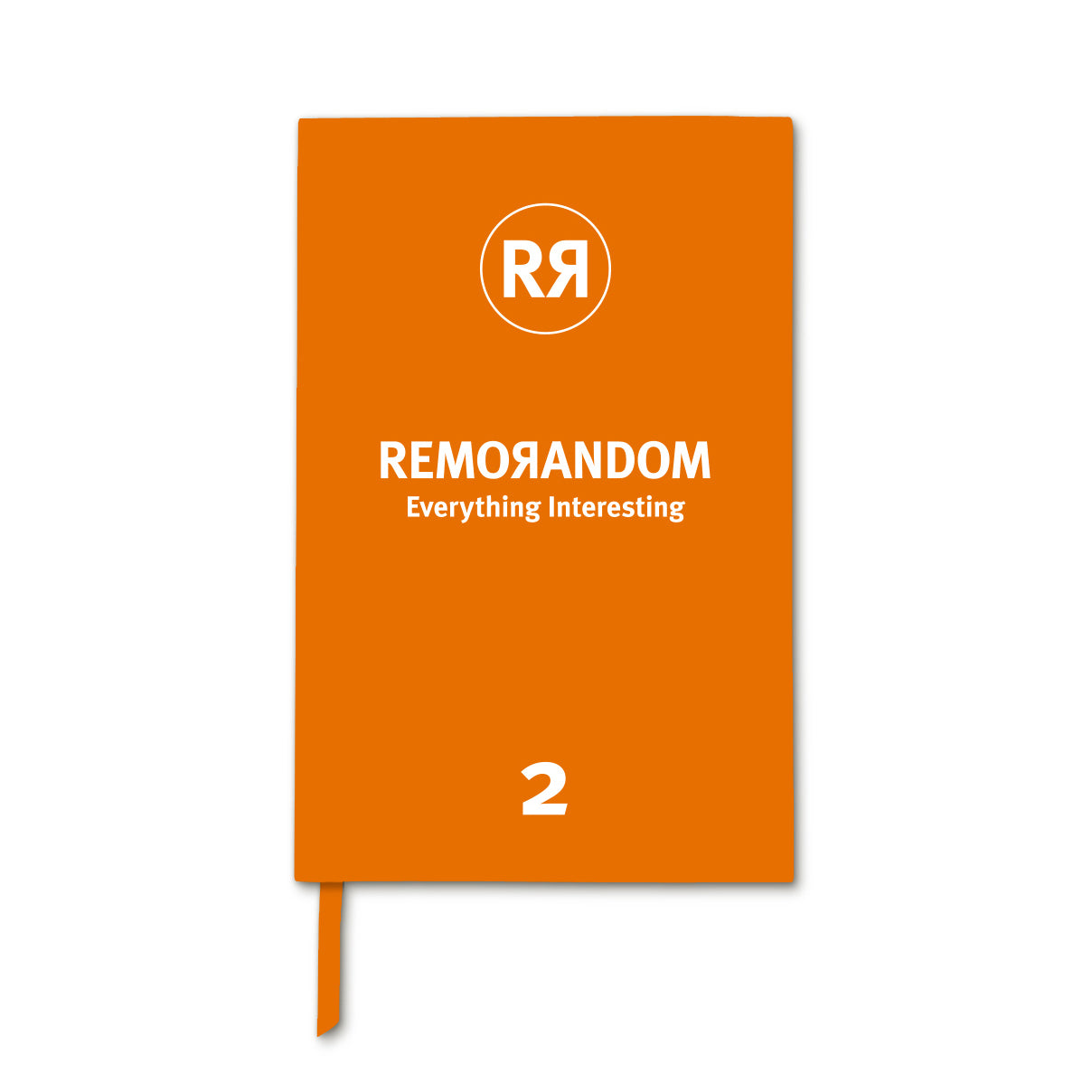A skull and cross bones is a symbol consisting of a human skull and two bones crossed together under the skull. The design originated in the Late Middle Ages as a symbol of death and especially as a memento mori (Latin for “remember that you will die”) on tombstones. (Ed: Thanks for the reminder.)
It is generally used as a warning for something that is dangerous or deadly … usually poison.
The symbol, or some variation thereof, was also featured on the Jolly Roger, the traditional flag of European and American pirates.
It is also used by the "Skull and Bones", a secret society at Yale University. Poole Pirates Speedway Team in the United Kingdom have the Skull and Crossbones as their team badge. It is also used by the British Army. The 17th Lancers adopted the skull and crossbones as its cap badge upon its creation in 1759, becoming known as the "Death or Glory Boys". The cap badge was later used by the 17th/21st Lancers and its present-day successor, the Queen's Royal Lancers who are still nicknamed the Death or Glory Boys. (Thanks guys, as you were.)
In 1829 New York State required the labelling of all containers of poisonous substances. The skull and crossbones symbol appears to have been used for that purpose since the 1850s. Previously a variety of motifs had been used, including the Danish "+ + +" and drawings of skeletons.
Today, the skull and crossbones is still the only standard symbol for poison. It is, however, less common outside industrial usage than it once was. Apart from its negative marketing effect on environmentally conscious consumers, it may actually attract children due to its association with pirates, a popular toy and play theme. For this reason, there has been a proposal to replace the skull and crossbones (at least in the US) by the hopefully more meaningful and less enticing olive green "Mr. Yuk" symbol. Mr. Yuk grew out of Pittsburgh’s unique need to replace the Pittsburgh Pirates logo, and has become the national pop-culture icon for poison warning despite other poison centres developing other logos. However, Mr. Yuk and his graphic rendering are registered trademarks and service marks of his creator, the Children's Hospital of Pittsburgh of UPMC, and the rendering itself is additionally protected by copyright. This means that the name and graphic image cannot be used without a license from the owner … unlike the Skull and crossbones, which is in the public domain.
Argh me hearties!
___________________
Wikipedia Reference: Skull and crossbones | (Text) CC BY-SA
Images
1. Skull and Cross Bones
2. Early 17th Century "Plague Panel" from Augsburg, Germany
3. 1725 Woodcut of Stede Bonnet with a Jolly Roger. From Charles Johnson's “A General History of the Pyrates”
4. HMS Utmost Crew with their "Jolly Roger" Success Flag, 1942
5. Skull & Bones Society Logo. The 322 likely records the date of the Ancient Greek statesman and orator Demosthenes' death (322 BC)
6. Skull and crossbones on a sign warning of high voltage in Mumbai, India
7. International Pictogramme for Poisonous Substances
8. Antique Poison Bottle, 19th Century
9. Mr Yuk
10. Skull and Cross Bones Merchandise HERE
